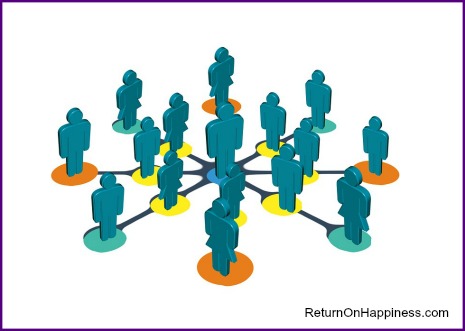
Steve Jobs taught us much about destiny, design and why connect the dots. (“You can’t connect the dots moving forward, you can only connect them looking backward.”)
I remember reading the commencement speech he made in 2005 at Stamford and went back to read again what he said, describing his own life and his own learning.
I was struck with his wisdom and the secrets to his success. He said, “Your time is limited, so don’t waste it living someone else’s life. Don’t be trapped by dogma – which is living with the results of other people’s thinking. Don’t let the noise of others’ opinions drown out your own inner voice. And most important, have the courage to follow your heart and intuition. They somehow already know what you truly want to become. Everything else is secondary.”
The way he lived his life was the way he lived in his business as well. So on Sunday when I read Jim Blasingame’s blog entry about Steve and his unique business model, I knew I’d be passing it along to you.
There’s so much wisdom in Jim’s analysis here:
“You probably didn’t know Steve Jobs, but he knew you. The iconic co-founder of Apple, too soon taken from us, knew what you wanted before you knew you wanted it. Let’s call that the Jobs Model: Desire follows solution.
To be sure, there have been others like Jobs.
Indeed, the Jobs Model could be named for geniuses like Bell, Edison or Marconi. But, as Peter Meyer points out in Creating and Dominating New Markets (Amacom 2002), for every one of these successful visionaries, there are thousands who failed with a solution in search of a problem.
Their failure wasn’t because they weren’t entrepreneurial enough; they just used the wrong model.
This will be on the test: For all but a tiny number of entrepreneurial geniuses, the Meyer Model – customer problem first, then solution – is the high-percentage play.
Understanding these odds, it’s easy to see that most of us should focus our entrepreneurial energy as Peter Meyer recommends, rather than try to be like Steve, Alexander, Thomas or Guglielmo. But here’s good news: You can follow the Meyer Model and still be like Steve.
Steve was an innovator.
You are too, but to really be like Steve, you must never stop innovating. Steve was customer focused like you; it’s just that you ask customers what they want first. Steve was on an uncompromising quest for excellence. Of all the things we know about Jobs that you should and can emulate, this has to be on top of the list – always seek excellence.
The world is a better place for the entrepreneurial energy of Steve Jobs. But that doesn’t make your efforts any less important. In the aggregate, more success and contribution has been achieved because entrepreneurs like you followed the Meyer Model: Ask what customers want, then create and deliver that.
Rest in peace, Steve Jobs; we’re glad you knew us
When I read Jim’s post I immediately thought about what I call the “both/and” model.
How can we ask our customers what they want, create and deliver that AND be insightful enough, intuitive enough to anticipate what they will need in the future – even before they know they need it?
Here’s a question I ask in my seminars – “What needs do your customers have now – that they don’t know about yet?”
There’s usually dead silence for a few minutes after I ask the question. Then I repeat it and watch for the signs on people’s faces that they “got” it.
“Well, you know….” And someone starts the conversation off and we find that most have some kind of intuitive sense of what their customers will need or want next.
What needs do your customers have – that they don’t know about yet? What will they crave, desire, need in the future?
When I started my business years ago few people had a need for learning about something called “CARE”.
Service yes, CARE, no. My intuition caused me to take a great leap of faith and build a business based on the concept that emotions were a critical part of business and that those companies that could inspire CARE (not just service) would be the ones to grab market share that lasted and build loyalty that would bring referrals and positive word of mouth.
There were no internet networks then, or twitter or social media. Connecting the dots backwards – it was a good move!
JoAnna
